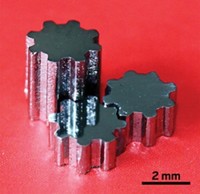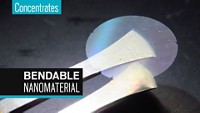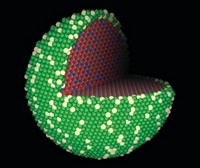Advertisement
Grab your lab coat. Let's get started
Welcome!
Welcome!
Create an account below to get 6 C&EN articles per month, receive newsletters and more - all free.
It seems this is your first time logging in online. Please enter the following information to continue.
As an ACS member you automatically get access to this site. All we need is few more details to create your reading experience.
Not you? Sign in with a different account.
Not you? Sign in with a different account.
ERROR 1
ERROR 1
ERROR 2
ERROR 2
ERROR 2
ERROR 2
ERROR 2
Password and Confirm password must match.
If you have an ACS member number, please enter it here so we can link this account to your membership. (optional)
ERROR 2
ACS values your privacy. By submitting your information, you are gaining access to C&EN and subscribing to our weekly newsletter. We use the information you provide to make your reading experience better, and we will never sell your data to third party members.
Materials
What's behind aluminum alloys' strength
April 24, 2006
| A version of this story appeared in
Volume 84, Issue 17
When spiced with silicon and magnesium, aluminum transforms from its soft, pliable self into alloys as strong as steel but only half the weight. Some alloys even take on a welcome but poorly understood "quick-bake hardening" property: They first can be formed into useful shapes such as automotive panels and then strengthened with a 30-minute bake at kitchen-oven temperatures. Using high-resolution electron microscopy, Jianghua Chen and his colleagues in the Netherlands Institute for Metals Research at Delft University of Technology have chronicled in atomic detail what happens inside AlMgSi alloys during this annealing step (Science 2006, 312, 416). First, pillars of silicon approximately 2 nm long assemble into skeletons on which particles with a rough composition of Mg2Si2Al7 form. These nuclei then evolve into nanoscale Mg5Si6 precipitates (visible in the micrograph shown). It is these that squelch the kinds of motions within crystal grains that make pure aluminum so soft. "These nanoparticles are dynamic objects in the annealing process," Chen says. This refined scenario of the hardening process could lead to aluminum alloys that are more workable and stronger than existing ones, he adds.





Join the conversation
Contact the reporter
Submit a Letter to the Editor for publication
Engage with us on Twitter